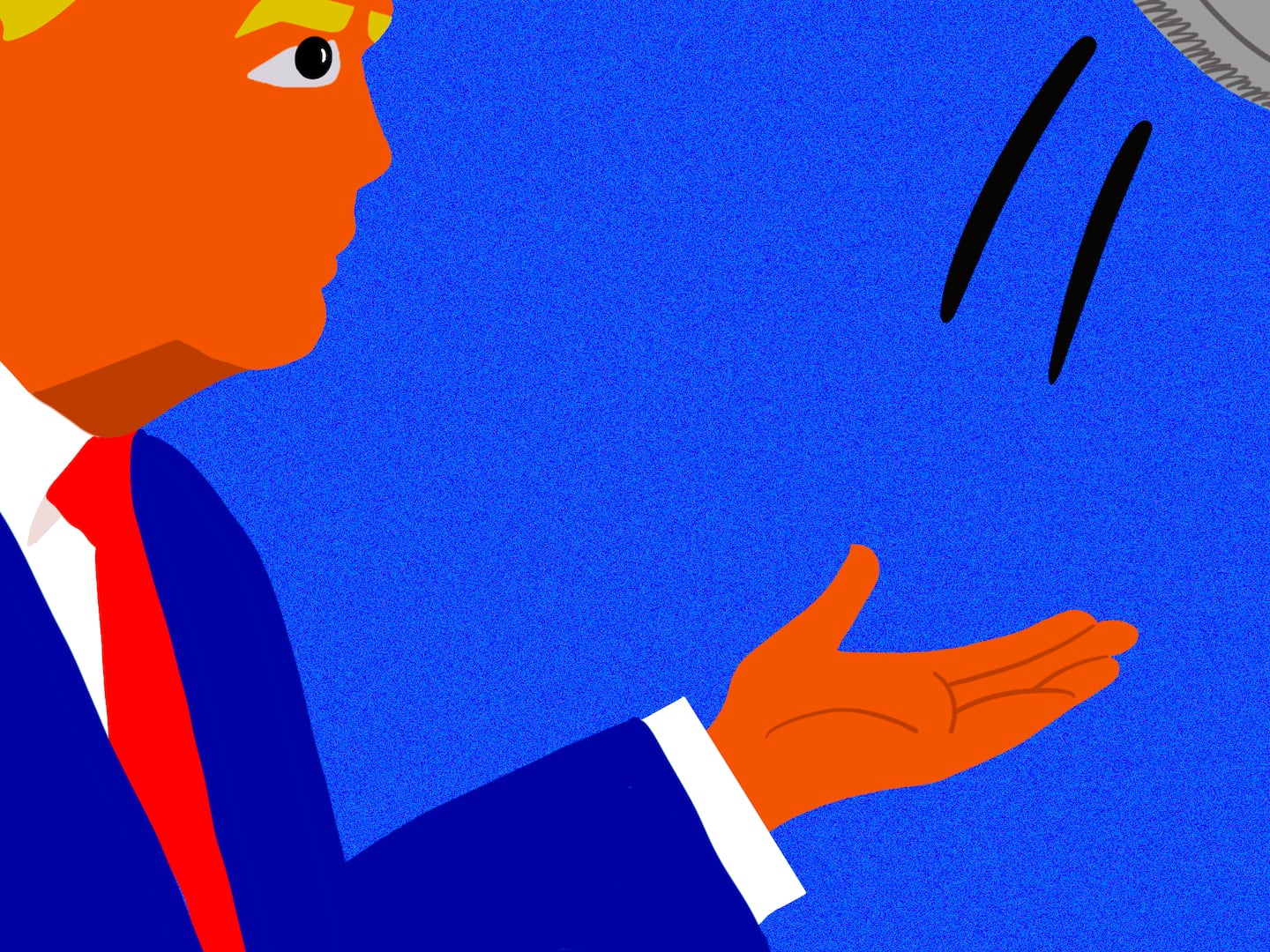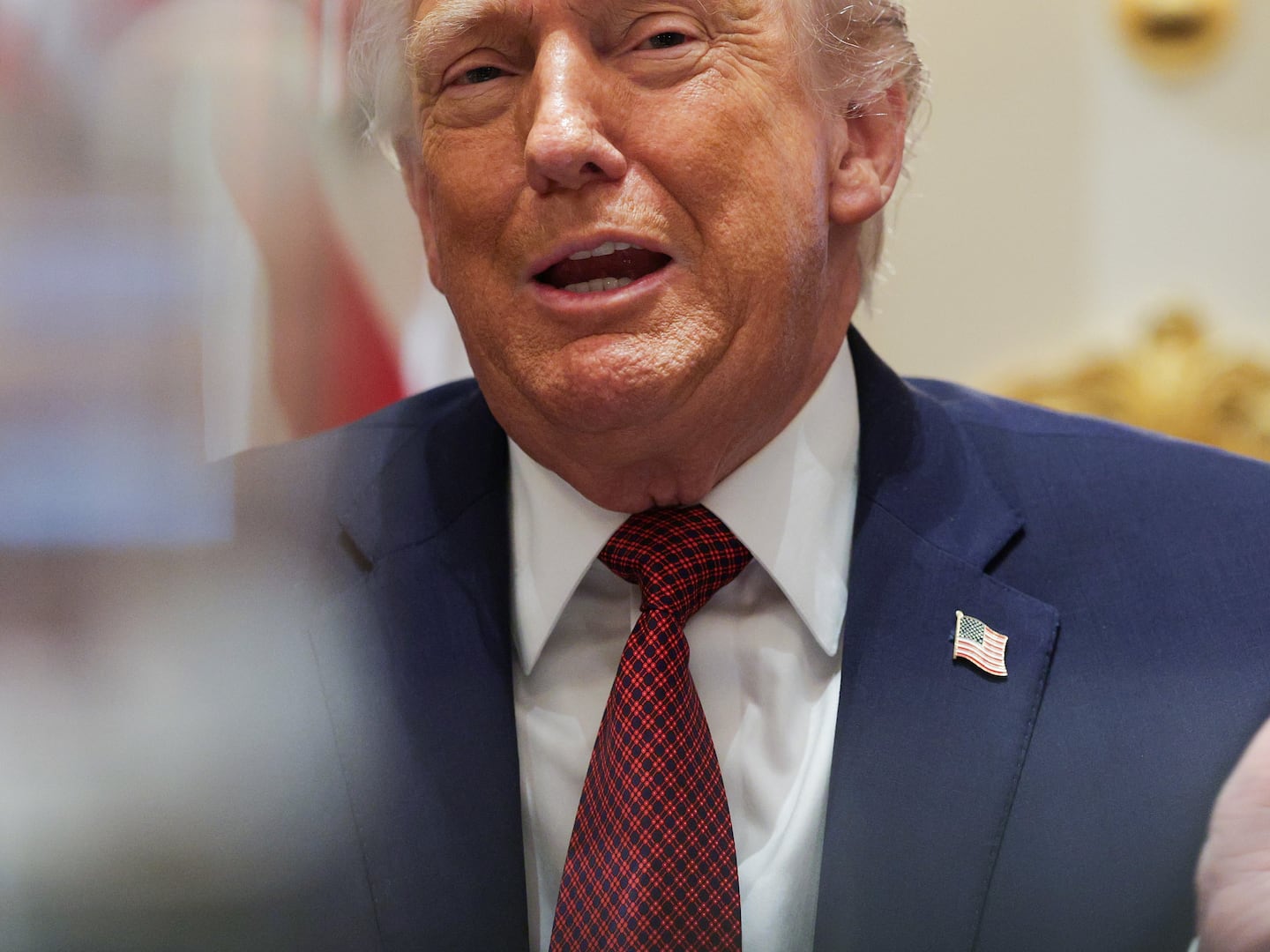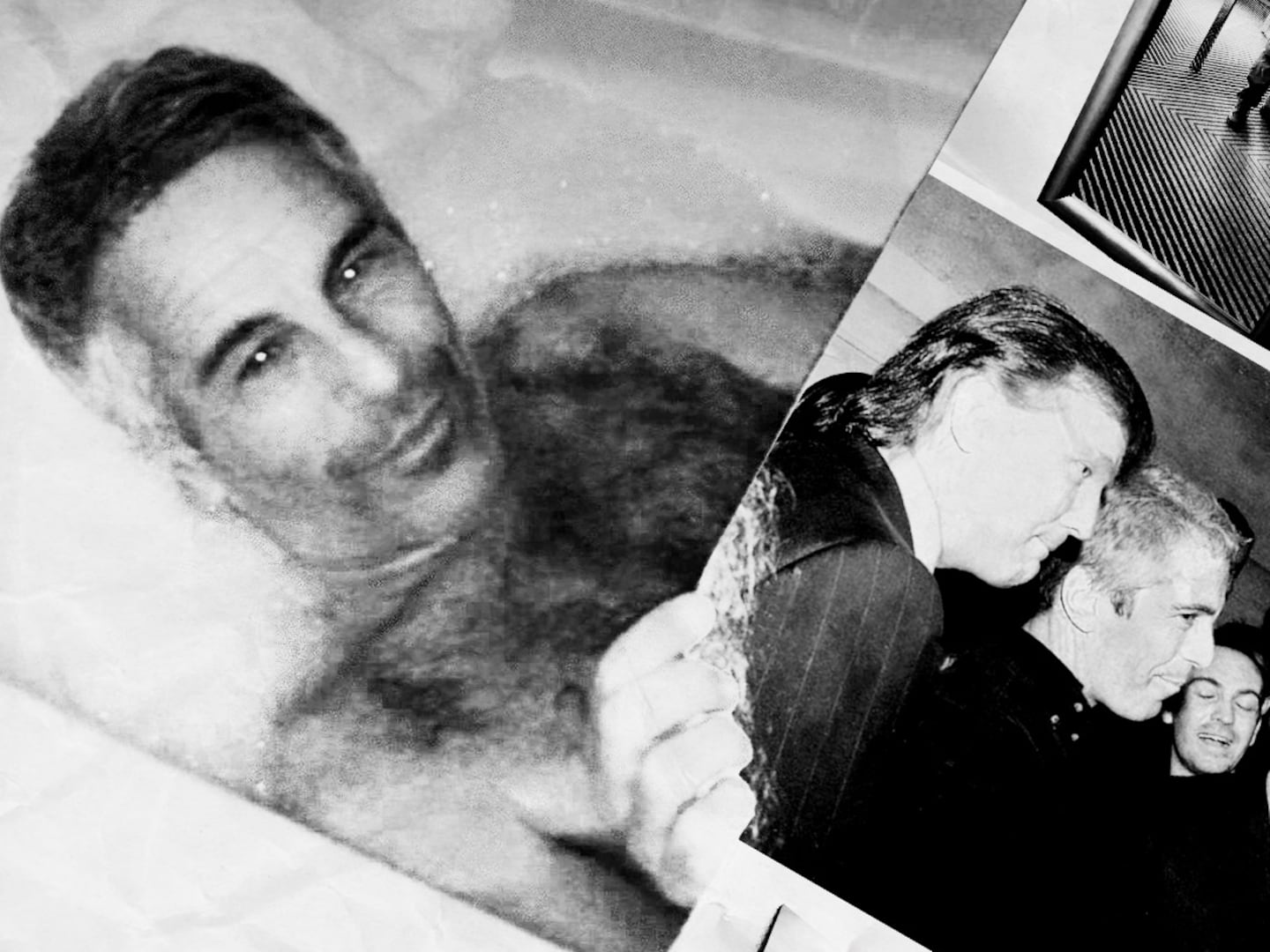Grossly inefficient Germans?
An oxymoron, surely?
For generations the German brand has thrived on a reputation for engineering excellence created and delivered with a clinical efficiency. No matter what other national characteristics were suggested by history, this one has been swallowed whole, and it has generated billions of dollars in sales.
In truth it was often a masterful project in deception, reinforced by persistently brilliant marketing – or political black propaganda.
Spectacular new evidence (to be added to a long list of forerunners) has been produced by the Volkswagen debacle in which the company faked the emissions tests of its diesel-powered vehicles, a crime that will cost it at least $32 billion in fines, lawsuits and recalls to fix the problem, as well as being a disaster for its reputation and sales worldwide.
At the core of the Volkswagen scandal is a simple question: What on earth drove a small cadre of the company’s top managers (yet to be named) to cheat? They ordered that the software on 11 million diesel Volkswagens should be written to detect when a car was having an emissions test and – for that time only – conform to regulations. For the rest of their time on the road the cars pumped out lethal amounts of toxic exhaust.
It must have been an act of desperation – a desperation driven by the hope that Volkswagen’s coveted reputation for engineering integrity would provide cover for what was a dual failure: chronic inefficiency in the Volkswagen plants, and the fact that for more than 60 years the company had never fulfilled its ambition to be a real player in the American auto market.
Before dealing with the embarrassments of the present, however, there are some embarrassments of the past to be considered. Indeed, Volkswagen’s past has a way of insidiously influencing its present – and of reminding us that its past is not a nice place.
As fate would have it, there was the death in October of the German who, more than any other person, insisted that Volkswagen needed to come clean about its history.
In 1996 Professor Hans Mommsen, an historian of the Third Reich who was unblinking in his belief that all Germans should accept their nation’s complicity in Nazi war crimes, published a report, Volkswagen and its Workers During the Third Reich.
In the company archives Professor Mommsen found a damning story. During the war 70 percent of Volkswagen’s work force was slave labor. This included prisoners of war, inmates shipped in from concentration camps like Auschwitz, Dachau and Belsen-Belsen, and many women and girls who were often beaten or worked to death. The most ghastly revelation was that children born to “eastern workers” were moved to a so-called children’s home where they were starved to death.
Professor Mommsen’s report had been commissioned by Volkwagen’s chairman, Carl Hahn, who genuinely wanted catharsis in the form of complete disclosure, no matter how appalling.
However, by the time the report was published Hahn was gone, replaced by Ferdinand Piech, a grandson of Ferdinand Porsche, who had founded Volkswagen in the 1930s. Piech did not like the findings – at all. He saw the report as a deliberate and untimely attack on his family.
The family member most compromised was the patriarch himself, Ferdinand Porsche. Porsche’s game-changing creation was the original Beetle, the “people’s car” (volk’s wagen) that was seized upon by Hitler as a totem of the promised Nazi utopia, along with the construction of the autobahn network. Porsche was a Nazi Party member, and Professor Mommsen reported that he was untroubled by the use of slave labor: Porsche, he wrote, had “walked through these crimes like a sleepwalker.”
His grandson had no time for disturbing the phantoms of the past. Piech’s own rule at Volkswagen was enforced with a sense of dynastic entitlement, and it had one objective: make Volkswagen the world’s dominant automaker by sales.
That goal was finally achieved earlier this year, when for the first time Volkswagen overtook Toyota in global sales. But by that time Piech’s time as chairman of the company’s supervisory board was over. He resigned in April, at the age of 78, after losing a power struggle with the chief executive, Martin Winterkorn. (Until then Piech had, over the years, seen off several challenges to his power.)
Even after this very public display of ruthless combat between the company’s leaders, its reputation for engineering integrity seemed to be intact. In the U.S. its advertising rubric was the simple “Das Auto” – a brisk and confident exploitation of a German term designed to reinforce its association with German supremacy in all things mechanical.
But it was all a façade. Behind the Piech-inspired arrogance was not only the most costly act of cheating in automotive history but an industrial boondoggle.
Industry analysts had for a while pointed out a fundamental weakness in Volkswagen’s performance – it took nearly twice as many workers to produce each car as it did Toyota. This was partly due to the powerful role played by German trade unions in the governance of Volkswagen. More than cozy work practices were involved, though: there was a scandal over bribes paid to members of the powerful works council as well as sex parties involving prostitutes.
Since 2007 Volkswagen’s labor costs have more than doubled and its administrative costs almost tripled. And along with the bloated management some startling details have been emerging. As buyers have found in Volkswagen showrooms there is often a bewildering array of options available on each model. For example, it has been revealed that for just one model, the Golf, there is a choice of 117 different steering wheels and there are 341 variations for the front seats.
All of this brings me back to the gimlet eye of Professor Mommsen. In his study of the Third Reich the historian demolished the idea of a regime running a flawless dictatorship with top-down commands executed by a well-drilled hierarchy.
Professor Mommsen insisted that it was quite the reverse.
“You are confronted with never-ending rivalries between the Nazi chieftains while the system is held together by the Fuhrer cult,” he said in an interview with Holocaust researchers in Jerusalem in 1997. “The alleged unity of will did not exist.”
In fact, I had stumbled on the same counter-intuitive truth a few years earlier when I was researching the history of the Battle of Britain, the narrowly won victory by the Royal Air Force over the Luftwaffe in the summer of 1940.
As had many before me, I had bought into the conventional wisdom that the R.A.F.’s resources in airplanes before the war were in danger of being overwhelmed by the power of a German industrial juggernaut. And that, indeed, was what German propaganda in the 1930s had inculcated into the minds of British political leaders, leaving them wobbly in the knees at the prospect of war.
However, going through the records of aircraft production in Britain and Germany revealed after the war, I discovered that the Luftwaffe had set production targets that were never met. In 1938 the German factories delivered 20 percent fewer airplanes than planned; by March 1939 the production of fighters for the Luftwaffe was in serious trouble, falling 33 percent behind the targets.
At the same time, as war approached, British aircraft production – held back for years by dithering politicians – had suddenly accelerated and was overhauling Germany’s. Not only that, but the R.A.F. gave priority to the two fighters that would be decisive in 1940, the Spitfire and the Hurricane. In the Battle of Britain there were enough of them, only just enough, to assert superiority.
The problems in Germany were systemic. Although some of the warplanes were superbly designed, manufacturing them was hobbled by a gaggle of competing, small companies run as personal fiefdoms. There were production bottlenecks caused by shortages of raw materials, and turf fights between the Luftwaffe and the army.
“The political decision making process remained completely informal,” looking at the larger picture, Professor Mommsen observed, “and there was no institutional facility in which to discuss critical issues between divergent power holders.”
Volkswagen’s company culture now seems to have embodied some of the same problems. (I am not, of course, implying a moral equivalence between Ferdinand Porsche’s uncaring employment of slave labor and the later management of Volkswagen.)
In charge was an overriding autocrat, Piech (who was certainly bent on restocking the bloodline - he sired 12 children with three different women), with an unforgiving sense of mission and frequent changes of management after open and often vicious personal conflicts. Most importantly, Piech was impatient with the company’s continued failure to match the Japanese success in North America.
Volkswagen has never produced a breakthrough, market-creating mass production sedan in the way that Honda did with the Accord and Toyota did with the Camry, both of them the result of understanding American tastes, listening to what the market wanted and then delivered it. Instead, Volkswagen persisted in giving its U.S. dealerships models that were shaped by the very different preferences of European drivers, meaning that they were generally smaller and more spartan than the Hondas and Toyotas.
In the context of Volkswagen’s history that’s a strange failure because no foreign carmaker has ever had a more brilliant or more improbably successful launch in America.
The story of that goes back to the wildest days of the Mad Men-era of New York advertising.
In his 1972 memoir, the legendary art director George Lois says that when the small agency he worked for, Doyle Dane and Bernbach, pitched for the Volkswagen account in 1958 it was worth about $1 million, big for the agency but small by the standards of Detroit. DDB was a creatively hot agency but without large clients and needed the money.
The Volkswagen campaign was to be centered on selling Americans the antithesis of an American automobile, the Beetle.
DDB’s most gifted copywriter was Julian Koenig, nicknamed the Dartmouth Beatnik because he combined an Ivy League intellect with wayward social habits, including days spent at the racetrack and long nights dreaming up copy lines. He was also Jewish and refused to work on the account – unwilling to “sell a Nazi car in a Jewish town.”
Lois, whose relatives in Greece had fought the Nazis as guerillas, said the car “reminded lots of people about the ovens” and so he also refused.
The lead art director assigned to the account was Helmut Krone, revered in Madison Avenue for his originality, who was a German American and didn’t go along with the boycott, but without Koenig and Lois the agency’s pitch team would be greatly weakened.
Just when it seemed they would have to give up bidding for the account, the West German government agreed to supply Israel with military equipment. Koenig and Lois dropped their objections and, as Lois remembered with relish, Volkwagen’s audition in the American market was going to depend on the work of “a Jewish horseplayer, a kraut perfectionist and a Greek ballplayer.”
Koenig was the art director of the Beetle ads and Lois of the stationwagon.
Although Koenig and Lois had relented, they hadn’t lost their feeling that they were selling a Nazi car. When they were sent to the Volkswagen headquarters in Wolfsburg Lois, in particular, was far from subtle in his baiting of the Germans.
Talking with a top executive he said a local church spire reminded him of a V-2 rocket. When a company guide said he had fought in the German army against Yugoslav partisans Lois asked if he had tangled with the Greeks. “Kreeks are mountain animals” the guide replied.
Lois’s provocations peaked when he pressed to be shown a basement museum where the company’s line of original models was stored, ranging from the Porsche prototype for the Beetle to the millionth Beetle produced after the war. (Although Hitler had promised that the Beetle would be the car of everyman, only a few hundred were ever built before the Wolfsburg plants were turned over to war production.)
Under a tarp Lois spotted tires that were designed for more rugged terrain than the autobahn. He pulled off the tarp and found the wartime military scout version of the basic Volkswagen, the Nazi equivalent of the Jeep widely used in their North African campaign. It still had its heavy machine gun mounted on a swivel.
Lois climbed into the vehicle and swung the machine gun around, aiming at the company escorts and yelling “ach, ach, ach, ach” as Koenig stuck out his chest like Goebbels and said “Und ve almost did.”
Remarkably, DDB kept the account and produced a campaign unique for its creative audacity. The whole thing hinged on the simple rubric that Koenig supplied: “Think Small.”
This was the late 1950s when Detroit was producing at full bore its interpretation of the American Dream on wheels, gas-gulping highway cruisers with large tailfins aping the form of the new jet fighters.
In contrast, The Beetle looked like an inverted bath tub with a rear-mounted engine seeming little larger than what powered lawn mowers and sounding more impertinent than powerful.
Yet Koenig had cannily detected and tapped into an instinct – that a car stripped down rather than bloated beyond any reasonable utilitarian efficiency would appeal to a young and often college-based market short of cash but in need of basic carefree mobility.
None of the following Volkswagen models was able to sustain the momentum created by the Beetle. And in 2005 the managers in Wolfsburg took a critical (and, as it has turned out, fatal) decision in an effort to claim a unique market advantage in America over their competitors.
About half the cars sold in Europe are diesel powered. With gas prices far higher in Europe than the U.S., diesels thrived by delivering much better mileage than gas. Volkswagen thought it was time to push diesels much more aggressively in the U.S. There was one problem: they didn’t have a diesel engine that was close to meeting new and tougher standards for air pollution.
By 2008 a new diesel engine was certified as ready for the American market. But somewhere in the millions of lines of software code written for that engine was the deliberate corruption of the emissions readings to evade detection when drivers took their cars in for the annual emissions inspection.
The detection of this swindle is a wonderful David versus Goliath tale in which a multi-billion dollar global corporation gets its comeuppance at the hands of five American engineers working with a $50,000 grant from a nonprofit, the International Council on Clean Transportation.
The engineers, from West Virginia University, tested various Volkswagen diesel models on drives between Los Angeles and Seattle. They were gobsmacked to discover that, rather than meeting U.S. standards, on the road the diesel cars were emitting as much as 35 times the permitted amount of nitrogen oxide.
Volkswagen’s global ascendancy over Toyota was brief. Sales figures for the first nine months of 2015 put the Japanese back on top. Volkswagen sales in the U.S. were down 25 percent in November and the company admitted that in addition to the 11 million Volkswagens equipped with the corrupted software 85,000 diesel-powered SUVs made by Audi, Porsche and Volkswagen were affected. Meanwhile, South Korean authorities have fined Volkswagen $12.3 million and ordered a recall of more than 125,000 Volkswagens sold there.
And, as a final nail to the myth of engineering excellence, Consumer Reports includes six Volkswagen models in its latest list of used cars to avoid because of poor reliability.
The most senior head to roll at Volkswagen was that of chief executive Martin Winterkorn, who was known for his penchant, conspicuous at motor shows, of peering under the chassis and hoods of rivals’ cars. Nobody yet knows how much he knew of what was happening under the hoods of his own company’s cars.
In the end, not so much masterful engineers as plain dumb and sloppy.





